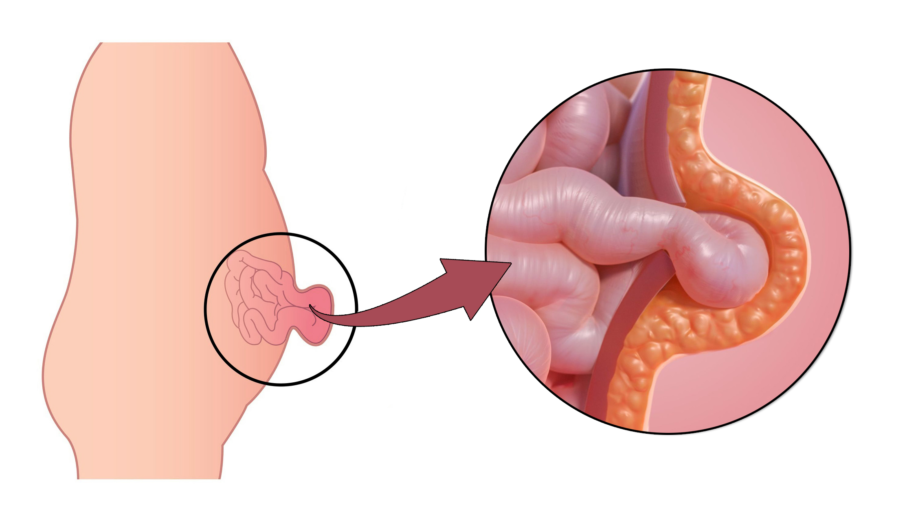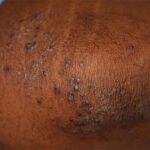An umbilical hernia creates a soft swelling or bulge near the navel. It occurs when part of the intestine protrudes through the umbilical opening in the abdominal muscles. Umbilical hernias in children are usually painless. Umbilical hernias are most common in infants, but they can affect adults as well. In an infant, an umbilical hernia may be especially evident when the infant cries, causing the bellybutton to
protrude. This is a classic sign of an umbilical hernia.
What causes an umbilical hernia?
Causes are different in children and adults.
Umbilical hernia causes in children; Pregnancy
During pregnancy, the umbilical ring allows the umbilical cord to pass from the mother (gestational parent) to the developing fetus. Once a baby’s born, the ring in their abdominal wall starts to close. It’s usually completely closed by ages 4 or 5. In the meantime, hernias can form through that opening.
Umbilical hernia causes in adults
Sex. People AFAB are more likely to get diagnosed with reducible umbilical hernias. However, people AMAB are more likely to have incarcerated hernias requiring immediate surgery.
Obesity. Umbilical hernias are more common in adults with a BMI greater than 30.
Multiple pregnancies. People who’ve given birth multiple times are at increased risk of umbilical hernias.
And finally, It’s important for you and your provider to monitor your hernia and time treatment to prevent serious complications. Complications can affect children, but this is rare. In children, complication rates for incarceration are as low as .07% to .3%.



